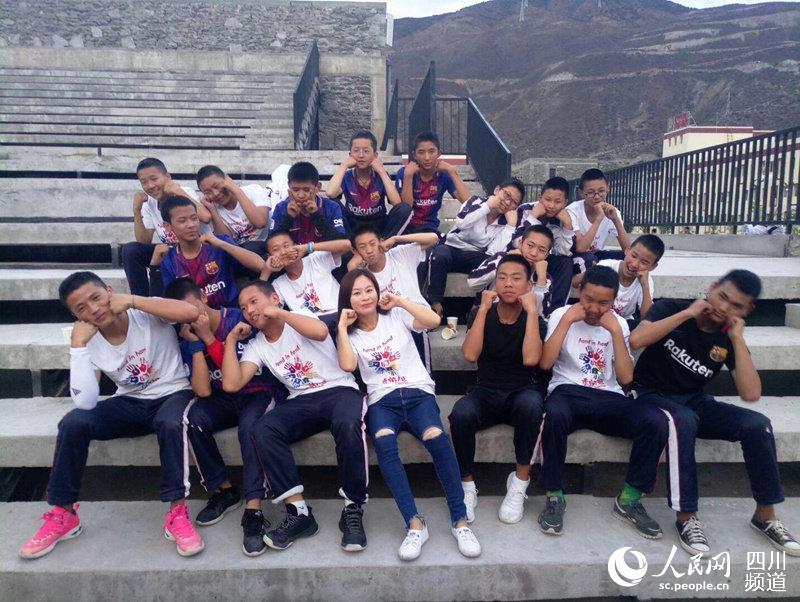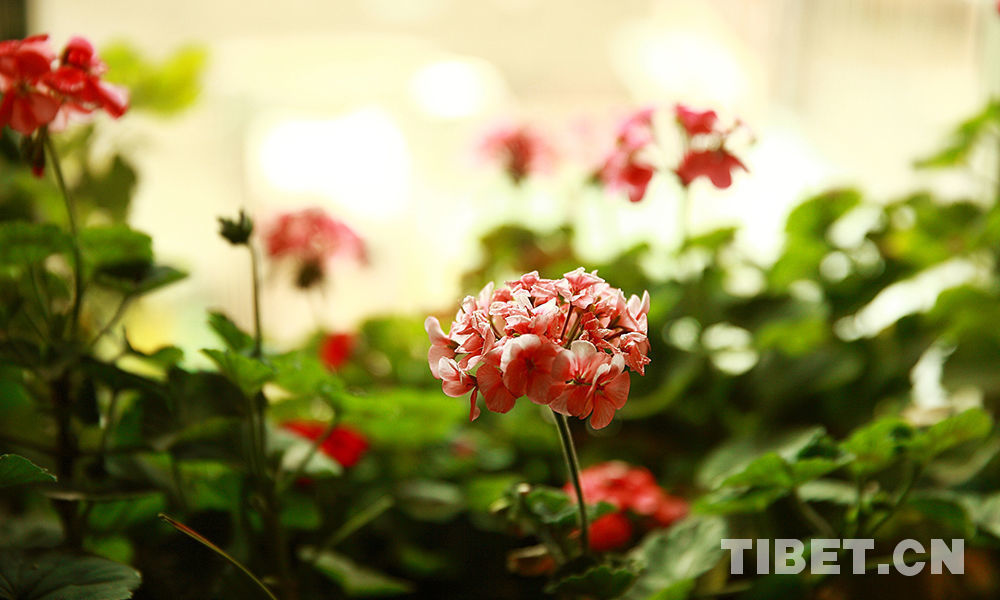Sowing the seeds of art while casting off poverty
Autumn is in full swing in September on the plateau in Zamtang County, Ngapa, Sichuan Province. In a quiet, serene thangka painting room in Central Zamtang Town, several trainees sit cross-legged and trace the outline of a painting on their drawing boards. With some paint and a little embellishment, a beautiful Thangka painting will begin to appear.
Jinmo, a 20-year-old nomadic girl, is an outstanding student in this thangka training class. She started with pencil drawing, and after more than one year of studies, she has reached the level of intermediate painting and is able to complete a piece of Thangka from design to drawing independently.
At the Zambala Bangtuo Stone Carving Park, Padma Norwo, an inheritor of Zamtang stone carving, a Sichuan Province intangible cultural heritage item, and his teacher are explaining stone carving techniques to villagers. This year, the Stone Carving Inheritance Institute is responsible for carving the landscape of the Zambala Bangtuo Stone Carving Park, and Padma Norwo is leading 53 students who are participating in the project. Among the trainees, 25 are from impoverished households in the county. Student Yaben said, “Thanks to studying at the Institute, this year I earned 15,600 yuan (2274 US dollars) from carving landscape stone statues!”
Intangible cultural heritage is a characteristic cultural resource for Zamtang. As a poverty-stricken country, Zamtang in recent years has been vigorously promoting cultural poverty alleviation. In accordance with the idea of “intangible cultural heritage plus poverty alleviation”, they have adopted the “government support and inheritor self-creation” approach, which encourages and supports cultural inheritors to establish a training center and invests one million yuan (145, 643 US dollars) each year towards the construction of intangible cultural heritage training facilities. The county currently has 26 such institutions whose content covers Tibetan incense, Tibetan tea, Tibetan medicine, thangka, stone carving, and ceramic art. Today, there are more than 1,400 people working in the preservation of intangible cultural heritage in the county. Many nearly-forgotten folk arts have been restored and revitalized. Statistics show that last year, 15 of the 26 institutions in Zamtang achieved profitability, earning a total of nearly 5 million yuan (728, 810 US dollars) in economic benefits.
Your Comment
Name E-mailRelated News
-
-
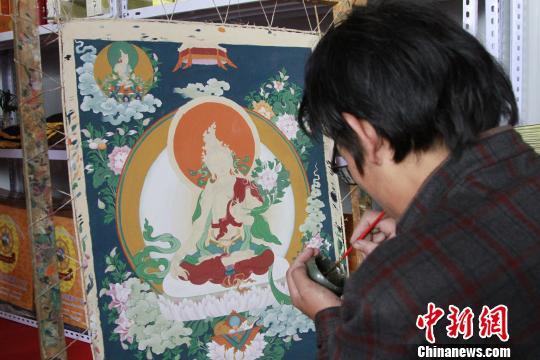
-
Traditional Tibetan art creates job opportunities for young people
The 16th Mt. Qomolangma Culture and Tourism Festival is currently underway in Shigatse, Tibet.
-
-
-
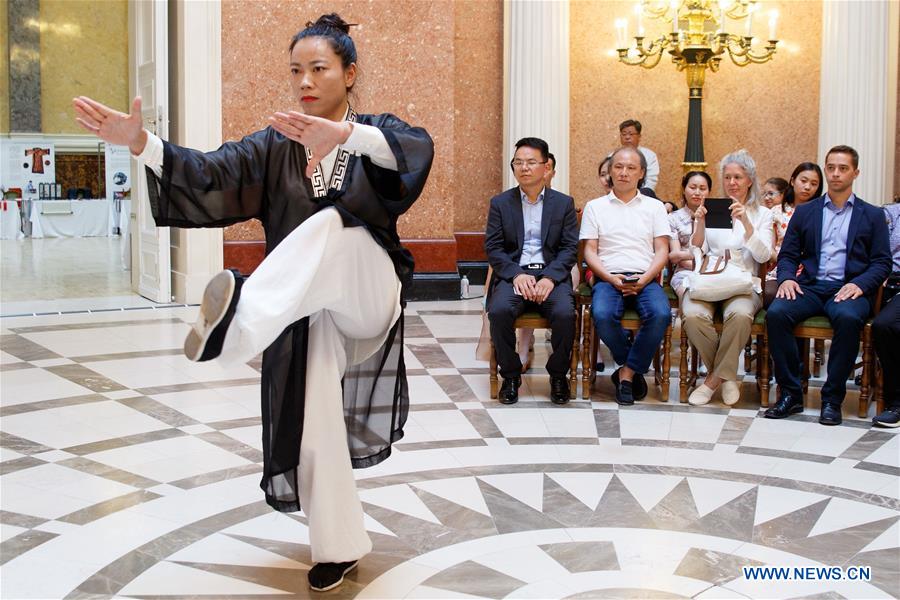
-
Exhibition on Chinese intangible cultural heritage opens in Budapest
A cultural exhibition featuring the intangible cultural heritage of China, concentrating on the region of the Yangtze River and Hubei province opened at the Hungarian National Museum.
-
-
-

-
Intangible cultural heritage exhibition comes into Tibet Buddhist College
The intangible cultural heritage performances and exhibition is held in Tibet Buddhist College on June 9th.
-
-
-
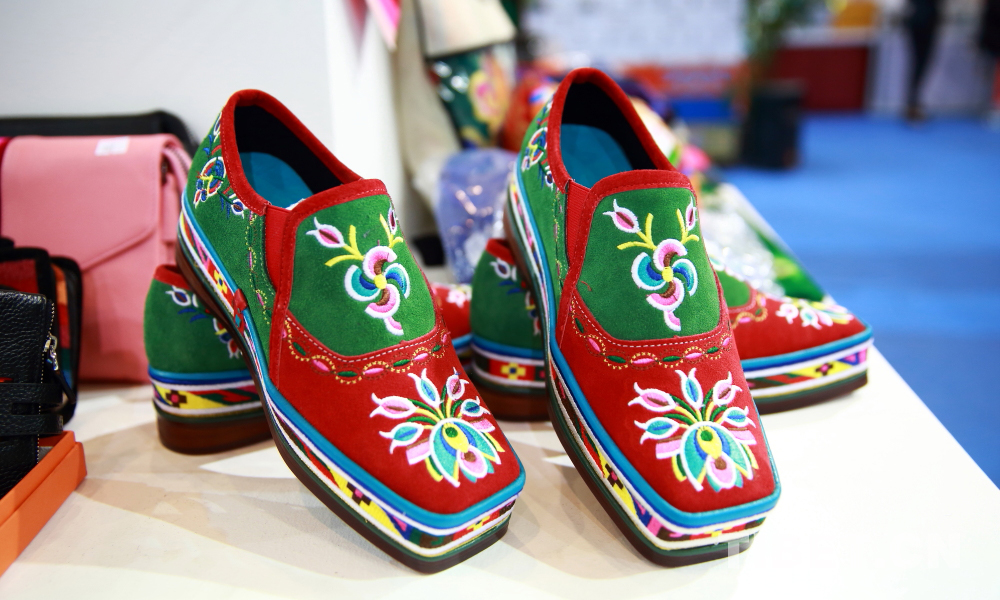
-
Tibet boasts another 28 national-level intangible culture inheritors
On the morning of May 16, the Ministry of Culture and Tourism announced the list of the fifth group of national-level intangible culture inheritors. A total of 28 people from Tibet were selected for the list.
-
-
-

-
Cultural Show Tours at Haixi Prefecture, Qinghai
On August 2nd, “The Big Chinese Family”cultural event arrived at Delingha City in Haixi Prefecture of Qinghai Province.
-






